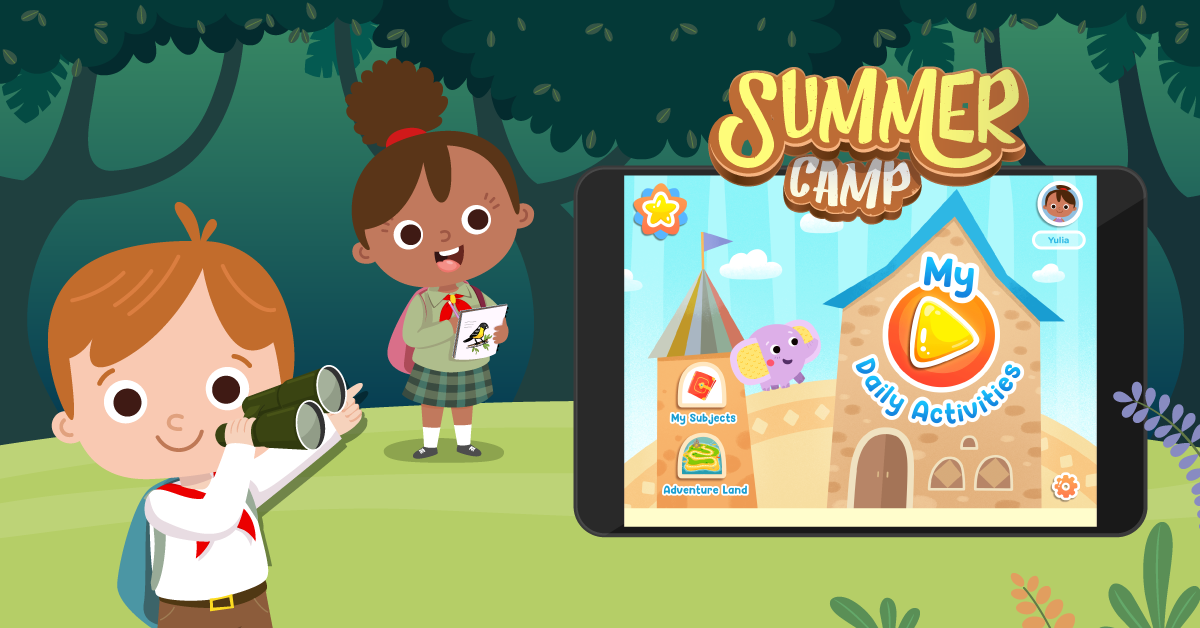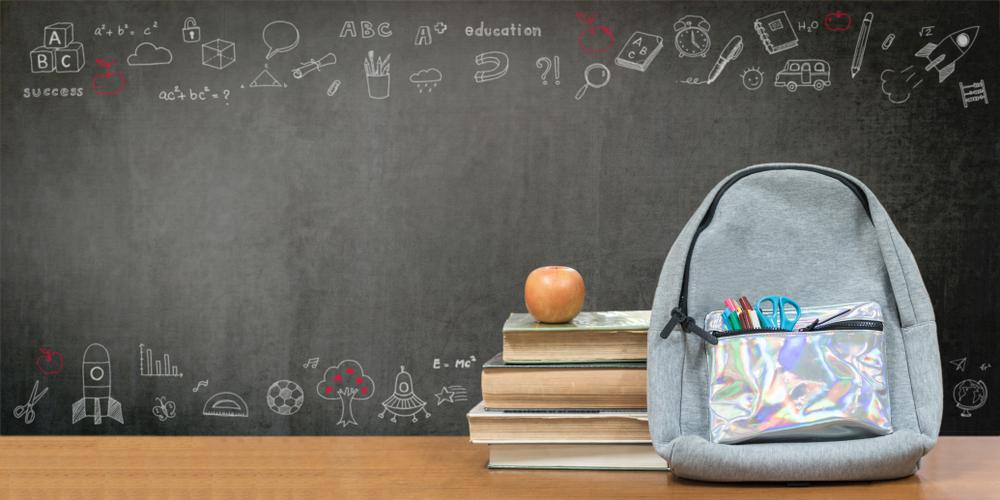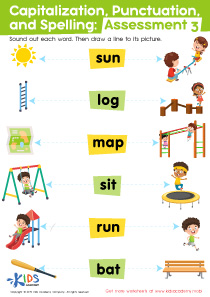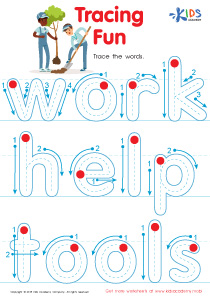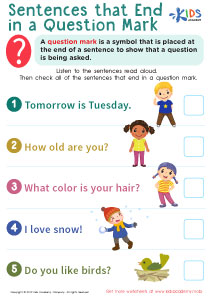Understanding plurals Writing Worksheets for 6-Year-Olds
4 filtered results
-
From - To
Unlock the world of words with our "Understanding Plurals Writing Worksheets for 6-Year-Olds." Specifically designed for young learners, these engaging worksheets simplify the concept of pluralization, turning it into a fun learning experience. Through a blend of colorful activities, illustrations, and relatable examples, children learn to identify and form plurals effortlessly. Perfect for reinforcing classroom lessons or enhancing homeschool curriculums, our worksheets cater to different learning styles, ensuring every child grasps the fundamentals of plural nouns. Give your child a head start in language skills with these engaging, educational resources!
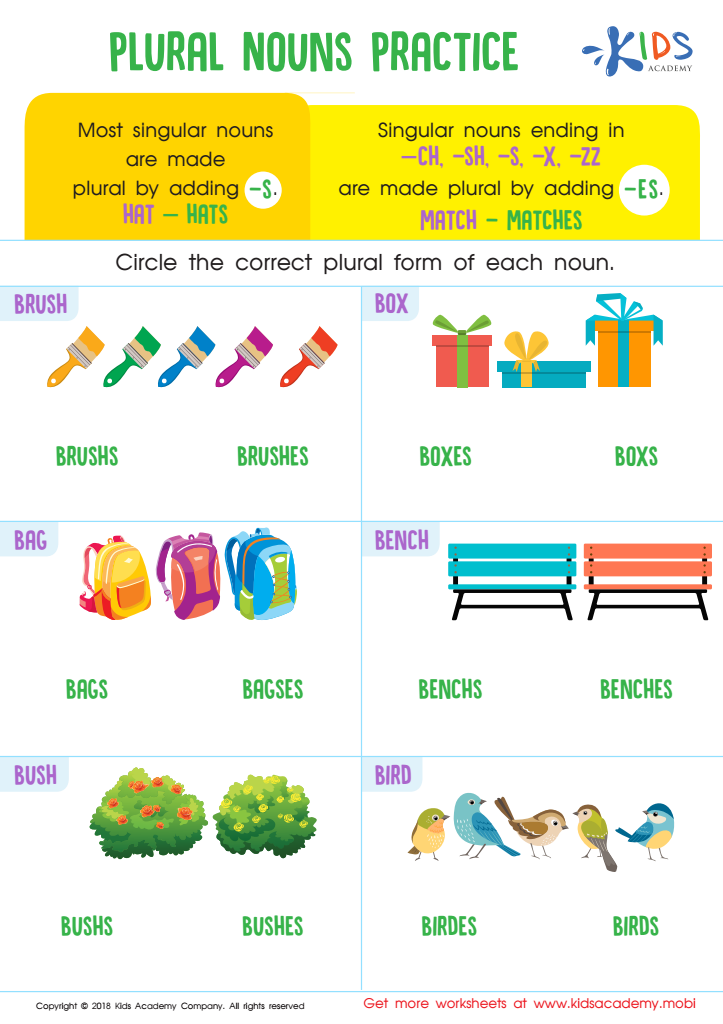

Plural Nouns Practice Worksheet
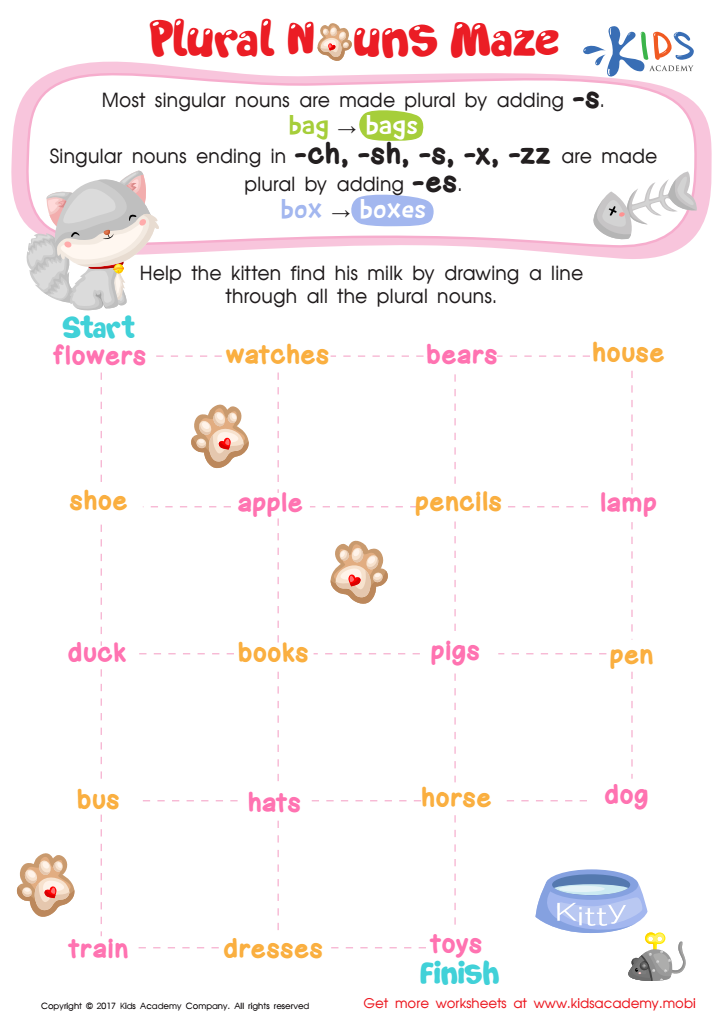

Plural Nouns Maze Worksheet
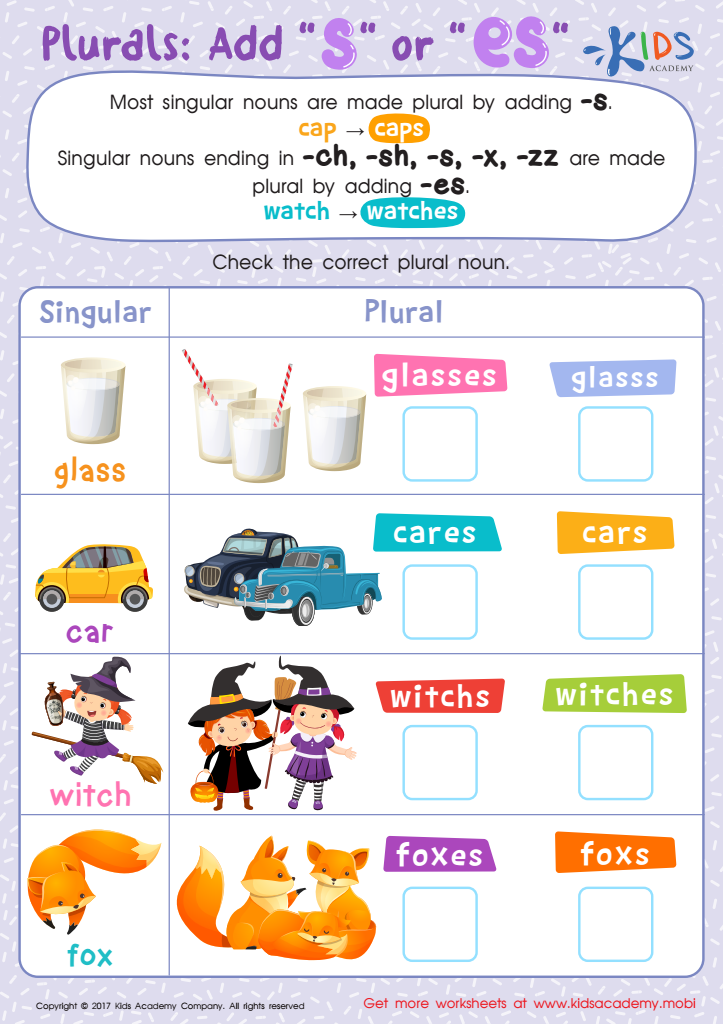

Plurals: "–es" or "–es"? Worksheet
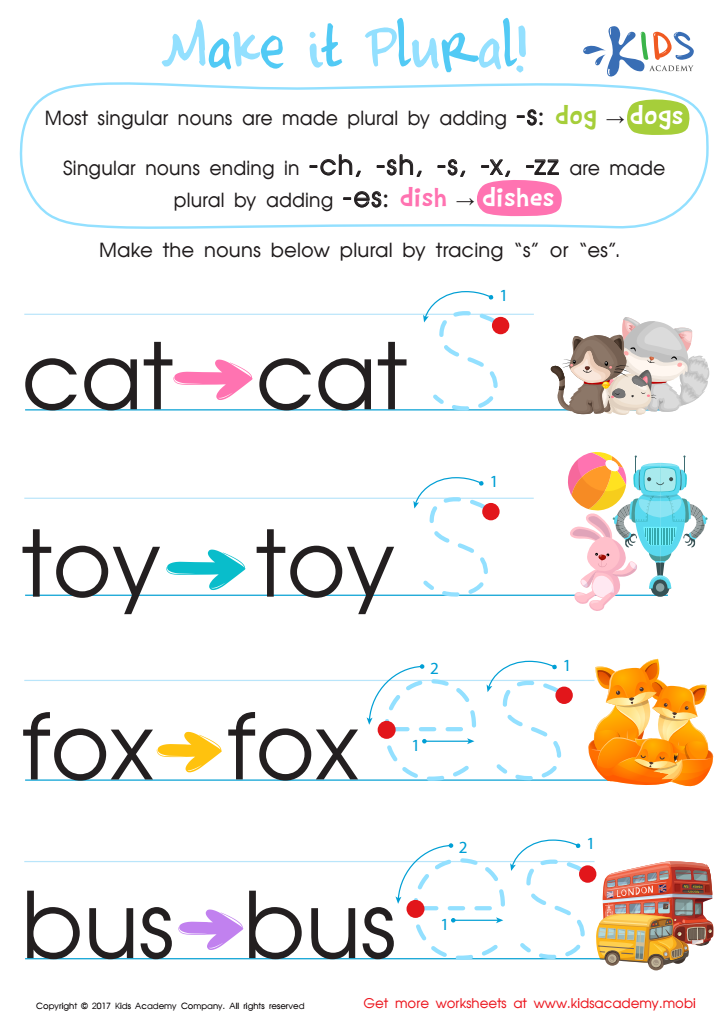

Make it Plural Worksheet
Understanding plurals is a foundational element of language development, which is crucial for 6-year-olds. At this age, children's cognitive and linguistic skills are rapidly growing, and mastering plurals can significantly enhance their communication abilities. For parents and teachers, prioritizing this learning aspect ensures kids can express their ideas more clearly and understand spoken and written language better.
Recognizing and using plurals properly helps expand a child’s vocabulary. For example, knowing that “cat” turns into “cats” when there’s more than one aids in both reading comprehension and writing skills. This grasp of grammatical structure not only helps them construct sentences correctly but also lays the groundwork for more complex language concepts they’ll encounter later on.
Moreover, teaching plurals involves fun and interactive activities, such as reading books, singing songs, or playing word games, which makes learning engaging. It encourages curiosity and a love for words, fostering a positive attitude toward education. By helping children understand plurals, parents and teachers are investing in their ability to communicate effectively, paving the way for their academic success and everyday interactions. Making this learning concept a priority is essential for the overall development of young minds.
 Assign to My Students
Assign to My Students



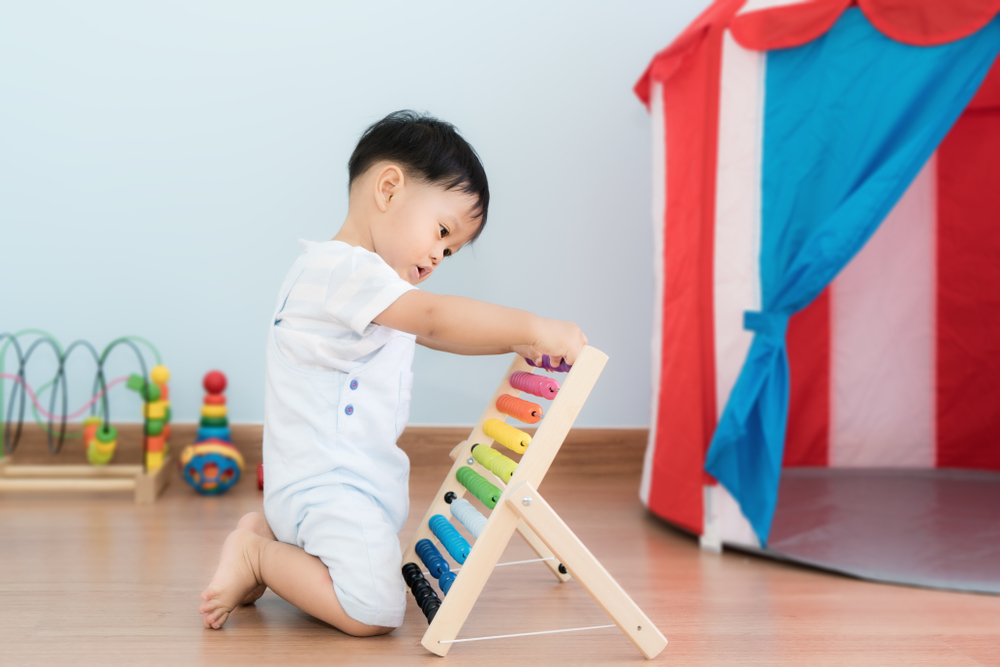
.jpg)

